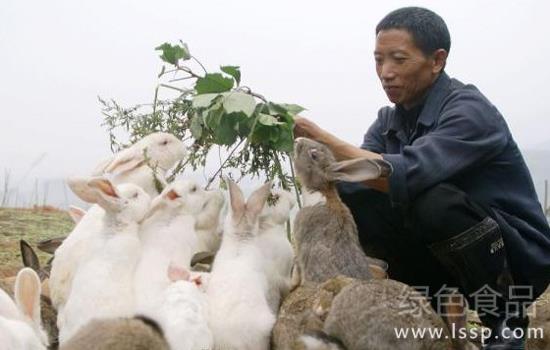Pigs with seasoning grow fast
Pigs have a developed sense of taste, and there are more than 15000 taste cells in the oral cavity. Adding seasoning (seasoning) to the feed can promote the secretion of salivary glands, gastric glands and pancreas, increase food intake and promote growth and development. At present, there are several kinds of seasonings that are widely used.
Sweet seasoning
Adding 0.05 grams of saccharin to the diet of fattening pigs per kilogram can increase the daily gain of pigs by 6.4% and reduce feed consumption by about 5%. Adding a certain amount of saccharin to the diet of lactating sows can prevent anorexia and excessive fat loss during lactation and improve the lactation rate.
Fresh flavor seasoning
If the pig is fed with wet mixture and a certain amount of monosodium glutamate is added to the pig's diet, the daily gain can be increased by 5% to 8%. By feeding the waste residue of extracted monosodium glutamate to pigs, the daily gain can be increased by more than 4.5%, the ratio of feed to meat is significantly decreased, and the economic benefit is significantly improved.
Spicy seasoning
There are many kinds of spicy seasonings, including garlic, pepper and pepper. Garlic can increase appetite, help digestion, antibacterial and insecticidal; pepper can promote fat metabolism and improve blood circulation; pepper can stimulate taste, promote appetite and improve digestive function. Garlic powder is generally added 0.2% 0.5% to piglet feed, and chilli powder can be added 0.3% 0.4% to fattening pig diet.
Fragrant seasoning
Adding scented feed to pig diet is not just adding flavoring agent, but mainly adding fat, oil and other scented feed. When 2.6%, 5.2% and 8% fat were added to the diet of fattening pigs, the daily gain was 732g, 750g and 768g, respectively, and the feed-to-gain ratio was 3.1g ∶ 1, 3.12 ∶ 1 and 2.98 ∶ 1, respectively, while the control group had a daily gain of 709g and a feed-gain ratio of 3.58 ∶ 1.
Salty seasoning
Salt is generally used as salty seasoning in production, which can effectively improve feed palatability, increase appetite, help maintain metabolic balance, participate in the formation of gastric acid, ensure the PH value of pepsin, and improve daily gain and feed utilization. Generally, 0.25%-0.4% is added to the diet of piglets, and 0.5% is added to the diet of breeding and fattening pigs. Long-term lack of salt can make pigs lose their appetite, grow slowly, and even produce pica and depilation, while excessive feeding can sometimes cause salt poisoning.
- Prev

Prevention and control of porcine circovirus
Porcine circovirus infection (Porcinecircovirwsinfection) is an immunosuppressive infectious disease characterized by postweaning multiple system failure and dermatitis nephropathy caused by PCV- Ⅱ, which is characterized by physical decline, weight loss, pallor, diarrhea and reddish-purple spots on the skin. The disease was first reported by Canadian scholars in 1991 and has occurred in many countries and regions in the world in recent years. The disease was first reported in China in 2000. At present, pig density is raised in China.
- Next

Nutrition without side effects to prevent rabbit herd diseases with grass substitute medicine
Nutrition without side effects to prevent rabbit herd diseases with grass substitute medicine
Related
- On the eggshell is a badge full of pride. British Poultry Egg Market and Consumer observation
- British study: 72% of Britons are willing to buy native eggs raised by insects
- Guidelines for friendly egg production revised the increase of space in chicken sheds can not be forced to change feathers and lay eggs.
- Risk of delay in customs clearance Australia suspends lobster exports to China
- Pig semen-the Vector of virus Transmission (4)
- Pig semen-the Vector of virus Transmission (3)
- Five common causes of difficult control of classical swine fever in clinic and their countermeasures
- Foot-and-mouth disease is the most effective way to prevent it!
- PED is the number one killer of piglets and has to be guarded against in autumn and winter.
- What is "yellow fat pig"? Have you ever heard the pig collector talk about "yellow fat pig"?

